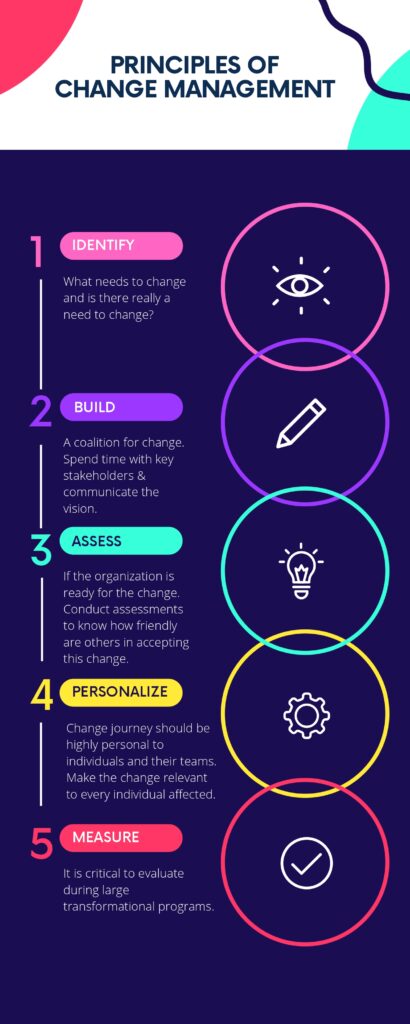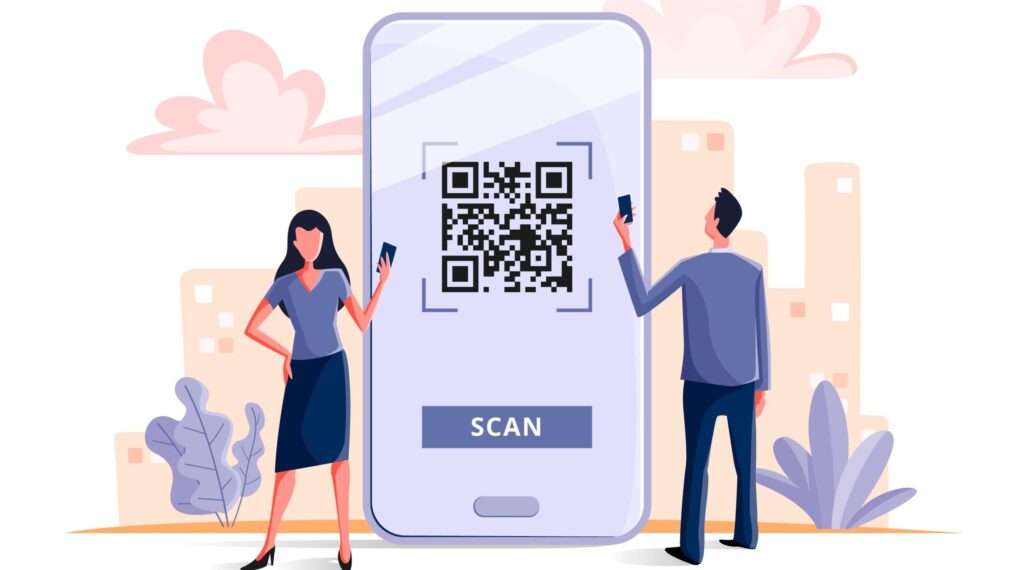One reason behind the downfall of nations, people and organizations is that they are unwilling to bring change within themselves.
Change is inevitable and if anyone wants to excel in a forward direction, the basic requisite is to change with time and not be afraid to implement it.
This article comes straight from the pen of our CEO, Mr Divay Kumar where he talks about change management in corporate world and how O4S is helping distribution-led brands digitalize their channel partner loyalty programs.
What is Change Management?
Change management is a well-thought approach to tackle the transition or transformation of an organization’s goals, processes or technologies. The purpose is to implement strategies for effective change, controlling change and helping diverse people to adapt to change.
The top management must take into consideration how an adjustment or replacement will impact the ongoing processes, systems and employees.
Key Principles Of Change Management
Before we take a deep dive into how organizations can implement change management, here is a subtle example of why change is an absolute necessity for organizations of all kinds –
During the time of COVID-19, brick-and-mortar stores went non-operational to avoid any kind of social gathering. Only eCommerce stores were operational. During this time, organizations that transitioned from brick-and-mortar to eCommerce were the ones that gained a lot of momentum. But the ones that we unable to implement this change had to face a lot of difficulties and in some cases, they went bankrupt.
For any big and transformational change where numerous people, processes and stakeholders are involved, organizations can follow these 5 principles to ensure an that change can be implemented keeping everyone on the same page –

1. Identify ROI or Change Benefit – A successful change must have details about what needs to change and whether is there a need for such a change? The first step in defining the change benefit is to look at the business case that is driving the change. It should include a detailed description of the reasons for change and the benefits that organizations hope to achieve.
2. Build a Coalition For Change – The second principle of change management is to build a coalition for change. John Kotter highlights that a successful change comes when “an army of individuals guide, coordinate and communicate about the change”
If you want to bring a positive change then you will have to spend time upfront to earn the support of your key stakeholders by communicating the vision.
3. Assess Organization’s Readiness – Is your organization ready for the change? Are people ready for the change? How do you know this? A casually prepared change initiative will create unnecessary hurdles down the line. You can conduct the following assessments to know how welcoming or unwelcoming people are for the upcoming change –
- Change Management Readiness Assessments
- Behavioural & Cultural Readiness Assessments
- Change Impact Assessments
4. Personalize The Change – One size never fits all and it never will. All change journeys are highly personal to individuals and teams. The fourth change management principle means that make the change relevant to every individual affected. Each employee and concerned person needs to feel a keen engagement with the personal benefits that the upcoming change will bring.
5. Measure Performance – This is the final change management principle that emphasizes sustaining stakeholder awareness around the change.
It is critical to take track performance of the desired change soon after it is implemented so that you can assure your stakeholders that a particular change falls in favor of thee organization.
O4S is Changing How Channel-Led Brands Manage Their Partner Loyalty Programs
For decades, channel-led companies have managed their channel partner loyalty programs traditionally. But this needs to change. O4S bridges the gap between brands and their channel partners through a digital platform.
Keeping the basics of loyalty programs as it is, O4S enable channel-led brands to do the following with the platform –
- Connect with retailers and technical influencers who are closest to consumers.
- Disburse rewards to respective channel partners.
- Brands can create personalized schemes taking into consideration the needs and aspirations of individual channel partners.
- Monitor scheme progress, measure ROI, and impact of each loyalty program.
- Simplify purchase tracking and reduce administrative burden with QR code authentication-based loyalty.
- Brands can reward their channel partners in diverse ways like UPI payments, shopping coupons, sponsored trips, insurance, electrical appliances, and the likewise.
- Brands can conduct online seminars, training and development programs for their channel partners.
Summing Up
Change is inevitable and necessary for growth. We, at O4S, aim to digitalize loyalty programs so that brands can connect better with their channel partners, and together they can build an ecosystem whose core premise is to make staggering profits for each other.



